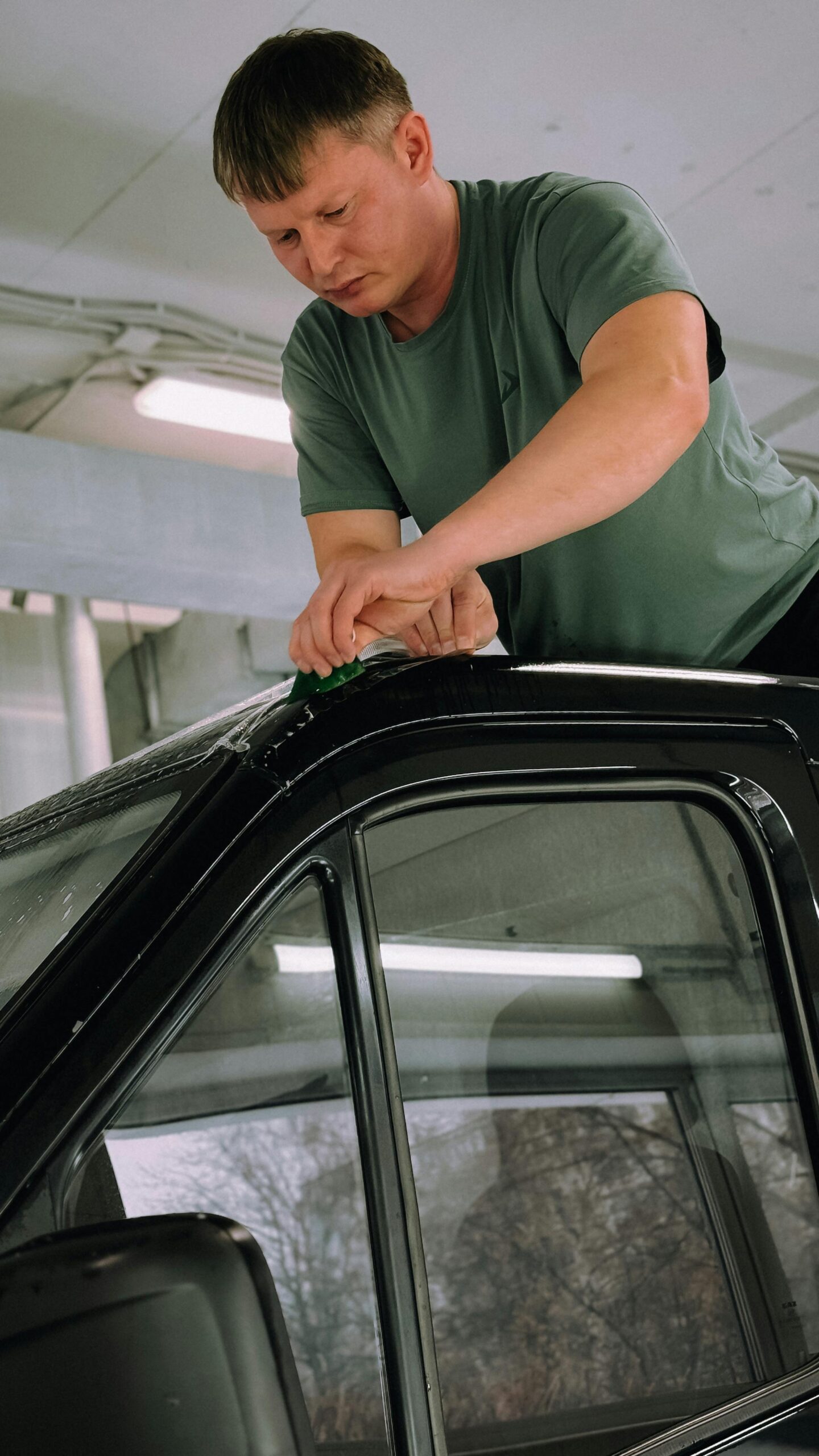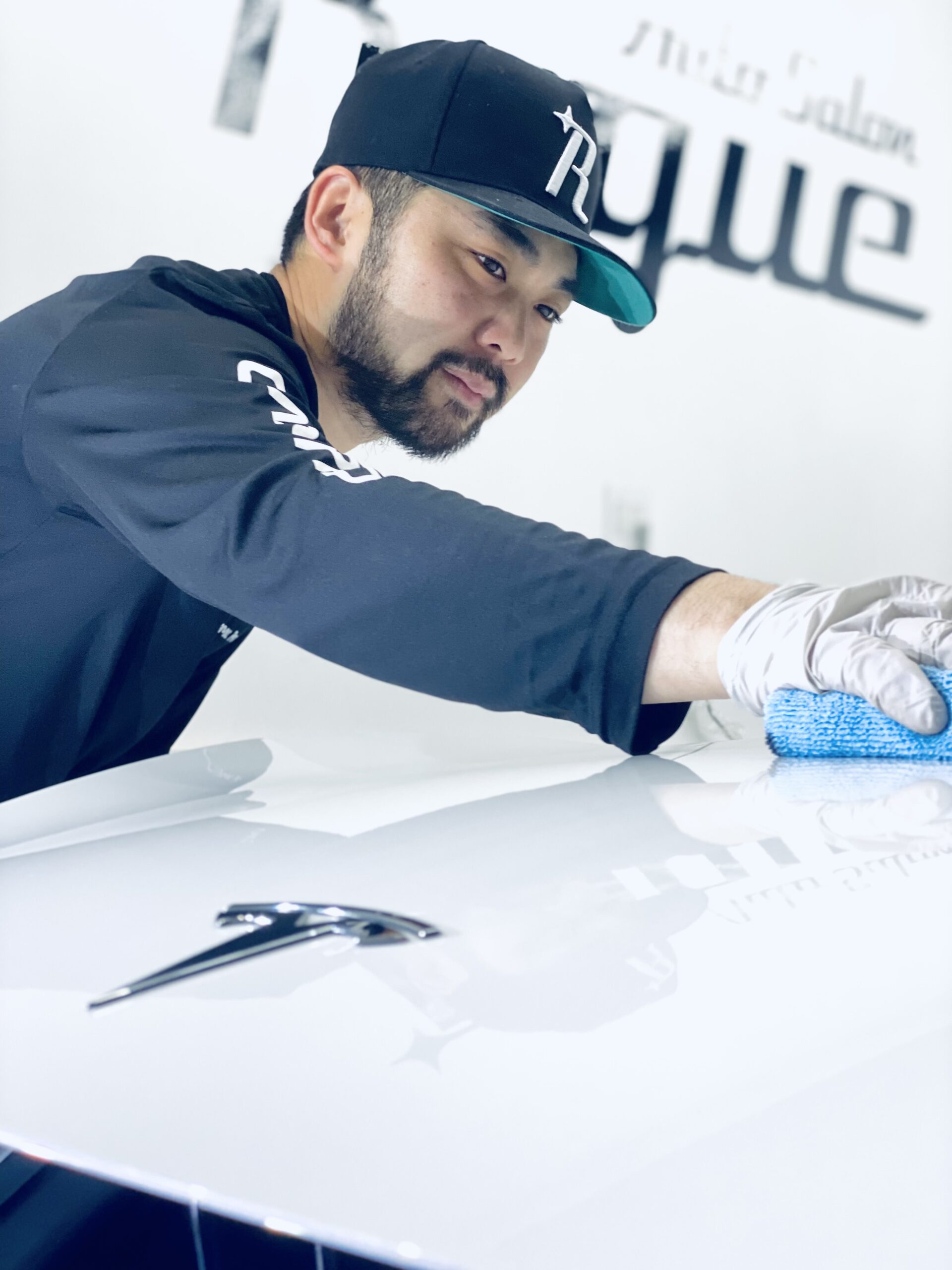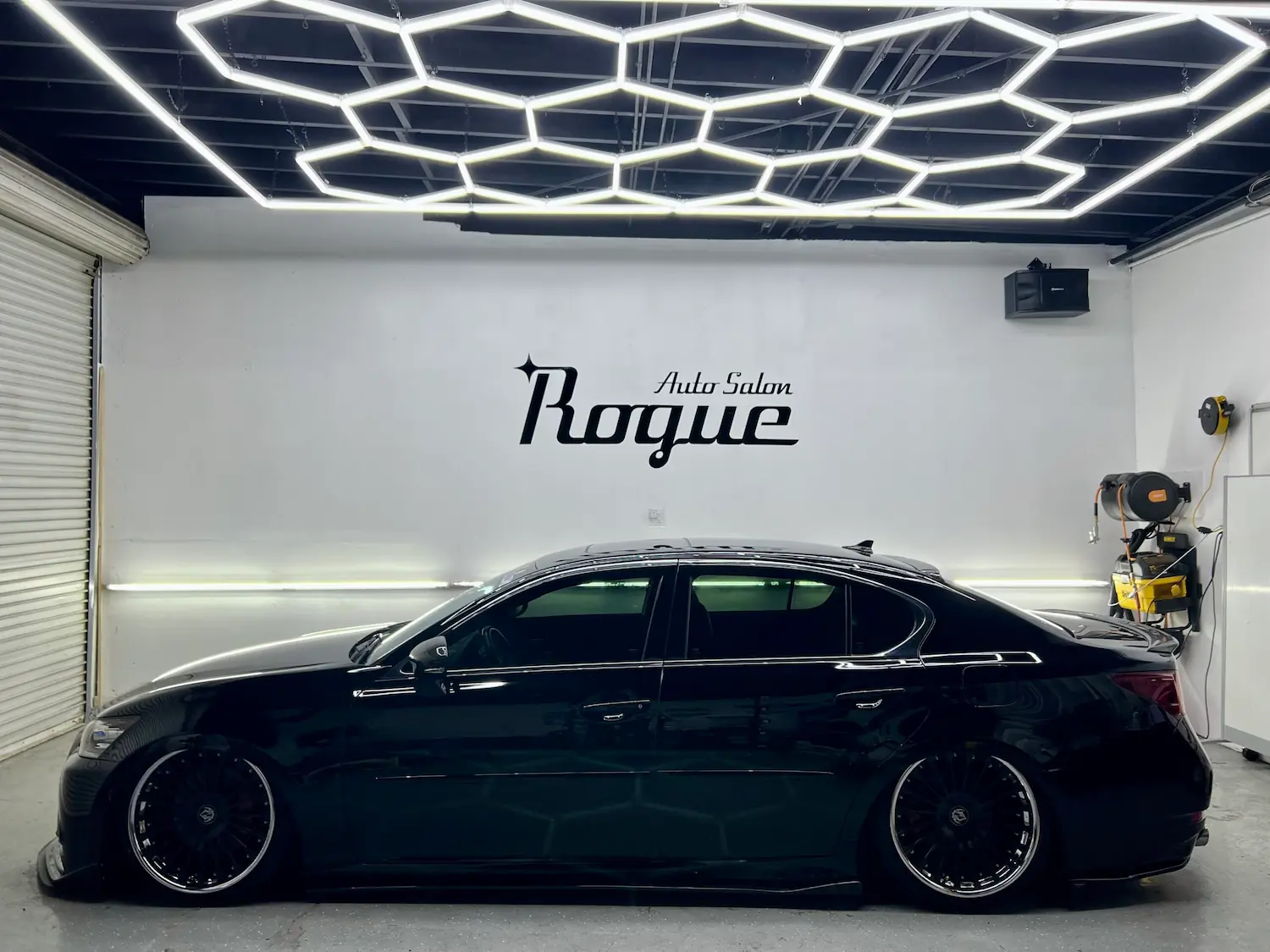Autocare
What Makes a Windshield Crack Worse? Top Causes and How to Prevent Them
Understanding the Common Causes of Windshield Cracks and How to Stop Them from Spreading
If you’ve ever noticed a small chip or crack in your windshield, you might wonder, What makes a windshield crack worse? Understanding the causes behind the worsening of windshield damage is crucial, not only to protect your vehicle’s integrity but also to ensure your safety on the road.
While a minor crack might seem harmless at first, ignoring it can lead to rapid deterioration, costly repairs, or even a full windshield replacement.
In this comprehensive guide, we’ll dive into the most common reasons windshield cracks worsen, how you can prevent further damage, and what to do if you find yourself with a chipped or cracked windshield.
Why Addressing Windshield Cracks Early Matters
Your windshield is not just a window; it’s a vital structural component of your vehicle. It supports the roof, protects you from debris, and works with airbags to keep you safe during a collision. Even a small crack can jeopardize this safety feature.
Many drivers underestimate the urgency of repairing windshield damage. However, what makes a windshield crack worse are everyday factors you might not expect, from temperature changes to everyday driving habits. Acting quickly by repairing chips or cracks can save you money and keep you safe
Top Causes: What Makes a Windshield Crack Worse?
1. Temperature Fluctuations
One of the biggest culprits in worsening windshield cracks is temperature fluctuations. Windshields are made of laminated glass, two layers of glass with a thin plastic layer in between. When exposed to sudden changes in temperature, like moving from cold mornings to hot afternoons, the glass expands and contracts. This constant shifting puts stress on cracks, causing them to spread.
For example, if moisture has seeped into a crack and temperatures drop below freezing, the water can freeze and expand, pushing the crack wider. Conversely, intense heat can cause the glass to expand, further distorting the damaged area.
Prevention Tips:
- Park in shaded or covered areas to avoid direct sunlight.
- Avoid blasting your heater or air conditioner directly onto the windshield.
- If you live in an area with extreme weather, try to minimize exposure during rapid temperature shifts.
2. Direct Sun Exposure
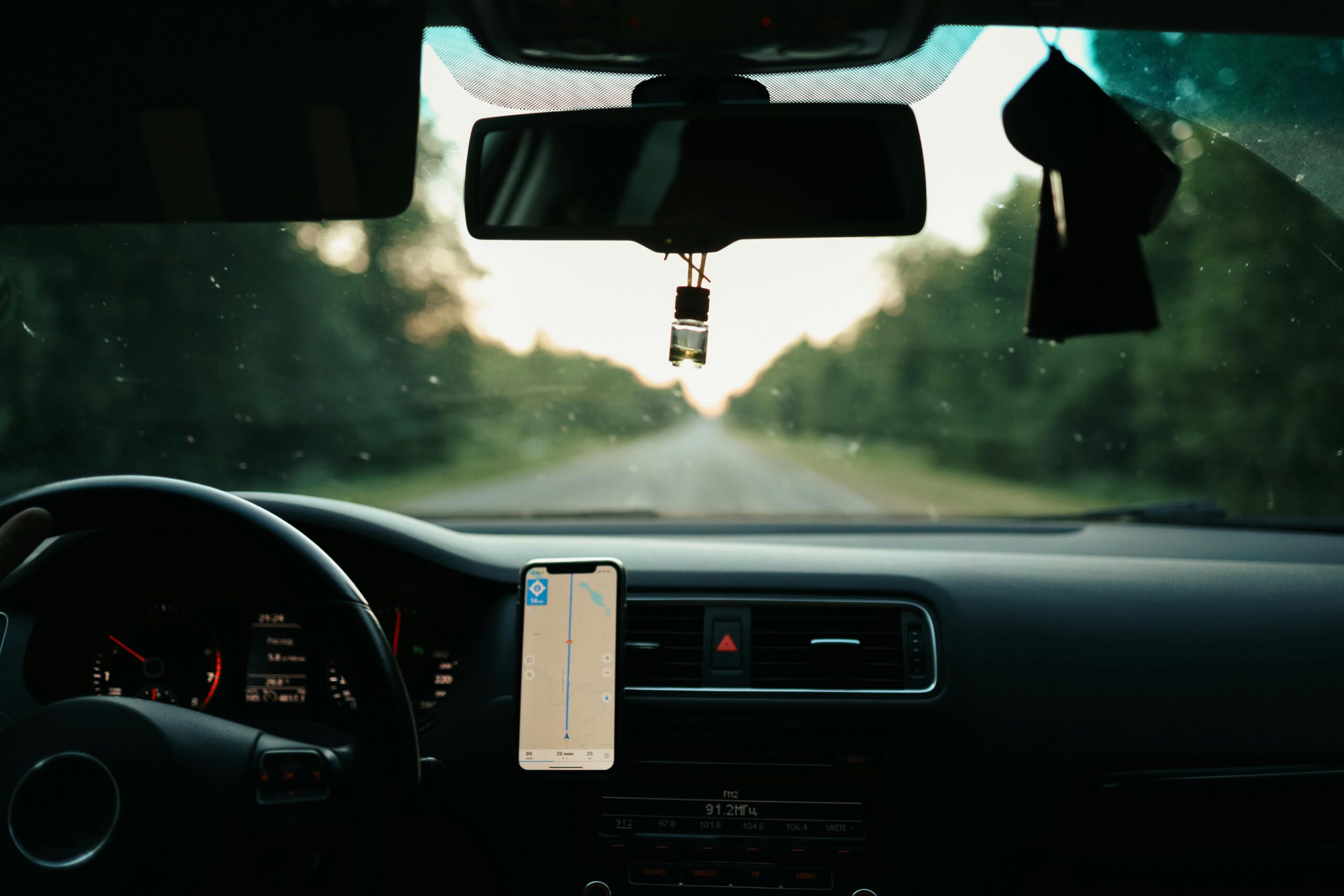
Prolonged exposure to direct sunlight heats the glass, making it expand. When this heat combines with an existing crack, it puts additional stress on the glass, causing the crack to widen or lengthen.
Prevention Tips:
- Whenever possible, park your car in shaded spots or garages.
- Use sunshades or car covers to protect your windshield from intense sun.
- Schedule repairs promptly, especially if your car is often parked outdoors.
3. Moisture Intrusion and Rain
Water is a stealthy enemy when it comes to windshield cracks. Moisture can seep into chips or cracks and settle between the glass layers. When temperatures drop, this trapped water freezes and expands, worsening the crack.
Additionally, debris often gets trapped with moisture inside cracks, making repair more difficult and sometimes impossible.
Prevention Tips:
- Seal small chips temporarily with clear tape to keep moisture out until you can get a professional repair.
- Avoid driving in heavy rain if you have existing windshield damage.
- Schedule repairs quickly, especially before winter or rainy seasons.
4. Driving Vibrations and Road Conditions
Every bump, pothole, speed bump, and rough patch of road transmits vibrations through your vehicle’s frame. While these vibrations might seem minor, they can significantly stress a cracked windshield, causing damage to spread.
Even normal driving vibrations contribute to the worsening of cracks, especially if the damage is near the edges or if multiple chips are present.
Prevention Tips:
- Drive cautiously on rough or uneven roads.
- Avoid speed bumps and potholes when possible.
- If you notice windshield damage, limit driving until it is repaired.
5. Slamming Doors and Vehicle Vibrations
It might surprise you, but slamming your car doors, trunk, or hatch can exacerbate windshield cracks. The sudden shockwaves from slamming doors transmit vibrations throughout the vehicle frame, shaking the windshield.
This is especially dangerous if the crack already has small spider-web cracks extending from the center or edges.
Prevention Tips:
- Close vehicle doors, trunks, and hatches gently.
- Be mindful of the vibrations your vehicle experiences while waiting for repairs.
- Avoid slamming any hinged parts until the windshield is fixed.
6. Dirt, Debris, and Contamination
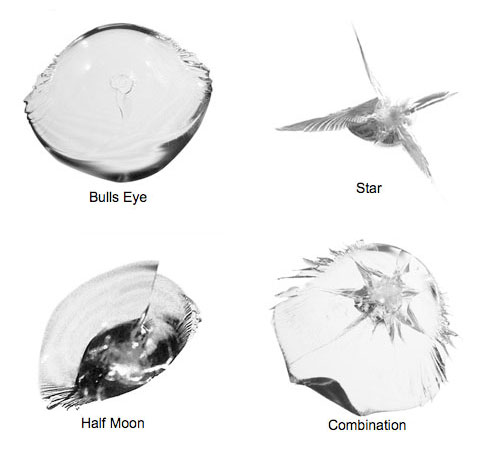
Dust, dirt, and small particles can get lodged in the cracks and chips. These particles act like sandpaper, rubbing against the glass edges and gradually enlarging the crack.
More importantly, dirt inside the crack can hinder or even prevent a proper repair. Once debris contaminates the damaged area, the repair resin may not bond correctly, resulting in a weak fix or necessitating full windshield replacement.
Prevention Tips:
- Keep your windshield clean using gentle methods.
- Avoid DIY fixes that don’t properly clean the damaged area.
- Temporarily cover cracks with clear tape to keep dirt out before professional repair.
7. Delaying Repairs
The single biggest mistake many drivers make is delaying repairs. A small chip or crack that could easily be repaired for under $100 can spread and turn into a full windshield replacement costing hundreds of dollars.
Windshield damage often spreads quickly, especially when exposed to the factors above. Early repair is a cost-saving measure and essential for maintaining vehicle safety.
Prevention Tips:
- Inspect your windshield regularly for chips or cracks.
- Schedule repairs immediately after noticing damage.
- Choose professional services for quality and lasting results.
How to Protect Your Windshield and Prevent Cracks From Worsening
Now that you understand what makes a windshield crack worse, here are practical steps you can take to protect your windshield:
- Regular Inspections: Check your windshield for chips and cracks often, especially after extreme weather or rough drives. Early detection can make a big difference.
- Avoid Extreme Conditions: Try to park in garages or shaded areas. Avoid blasting heat or cold air directly onto the windshield. Minimize driving over rough terrain or speed bumps.
- Drive Carefully: Smooth driving with minimal jolts reduces stress on a cracked windshield. Be mindful when closing doors or trunks.
- Use Temporary Protection: If you can’t get to a repair shop immediately, cover the crack with clear packing tape to keep out moisture and dirt.
- Professional Repairs Only: Avoid DIY kits or cheap fixes that might not bond well or last long. Professional repairs use high-quality resins and techniques that restore strength and clarity.
When to Repair vs. When to Replace Your Windshield
Understanding when to repair or replace your windshield is important:
Repair if:
- The chip or crack is smaller than a quarter.
- The damage is not in the driver’s direct line of sight.
- The crack hasn’t penetrated multiple layers of glass.
- There are no multiple or spreading cracks.
Replace if:
- The crack is large, deep, or spreading rapidly.
- The damage is near the edges of the windshield.
- The crack distorts your vision or compromises structural integrity.
- There are multiple cracks or spiderweb damage.

Insurance Coverage and Cost Considerations
Many comprehensive auto insurance policies cover windshield chip repair with little or no deductible, making early repair even more affordable. Repair costs generally range from $50 to $150, whereas replacements can cost $200 to $500 or more, especially for vehicles with advanced driver-assist systems.
Conclusion: Don’t Let a Small Crack Turn Into a Big Problem
Now you know what makes a windshield crack worse, from temperature swings and moisture to vibrations and delayed repairs. Ignoring even minor damage can lead to costly replacements and compromised safety.
Take prompt action:
- Inspect your windshield regularly.
- Protect it from heat, moisture, and debris.
- Drive carefully to minimize stress.
- Schedule professional repairs early.
By being proactive, you can save money, preserve your vehicle’s safety, and avoid the hassle of full windshield replacement.
If you notice a chip or crack today, don’t wait—contact a trusted auto glass professional to get it repaired quickly and effectively.

